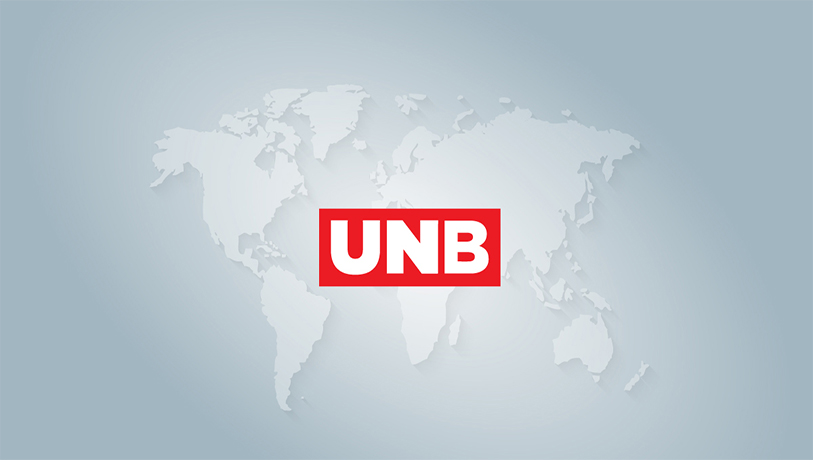In a reversal of the declining trend witnessed between 2020-2022 during the COVID-19 pandemic, the World Health Organization (WHO) declared on Friday a concerning surge in dengue cases worldwide.
Characterized by a notable escalation in numbers, scale, and simultaneous outbreaks across previously unaffected regions, this upturn has gripped the globe.
Over the past two decades, the global incidence of dengue has seen a marked increase, evolving into a formidable public health challenge. WHO data reveals a ten-fold surge in reported cases worldwide from 2000 to 2019, peaking in an unprecedented manner in 2019 across 129 countries.
Dengue transmission, known for its cyclic nature with large outbreaks every 3-4 years, experienced a unique dynamic during the COVID-19 pandemic. The varied transmission rates during the pandemic resulted in an accumulation of individuals lacking immunity to specific dengue virus serotypes.
Since the onset of 2023, ongoing transmission and an unexpected spike in cases have propelled the global count to a historic high, surpassing five million cases and over 5000 dengue-related deaths.
The affected regions span across 80 countries and territories, encompassing five WHO regions: Africa, Americas, South-East Asia, Western Pacific, and Eastern Mediterranean. The Region of the Americas bears the brunt, reporting close to 80% of cases.
Notably, the WHO European Region has also witnessed clusters of autochthonous dengue, emphasizing the broadening geographic impact of the epidemic. However, the reported figures likely underestimate the true burden due to asymptomatic cases and the lack of mandatory reporting in numerous countries.
Various factors contribute to the escalating risk of dengue spread, including changing vector distribution, El Nino phenomenon, and climate change leading to adverse weather conditions. Fragile health systems, compounded by the COVID-19 pandemic and political and financial instabilities in crisis-ridden countries, pose additional challenges to epidemic response.
The WHO has assessed the global risk as high, acknowledging the increasing transmission risk and the surge in cases and deaths.
